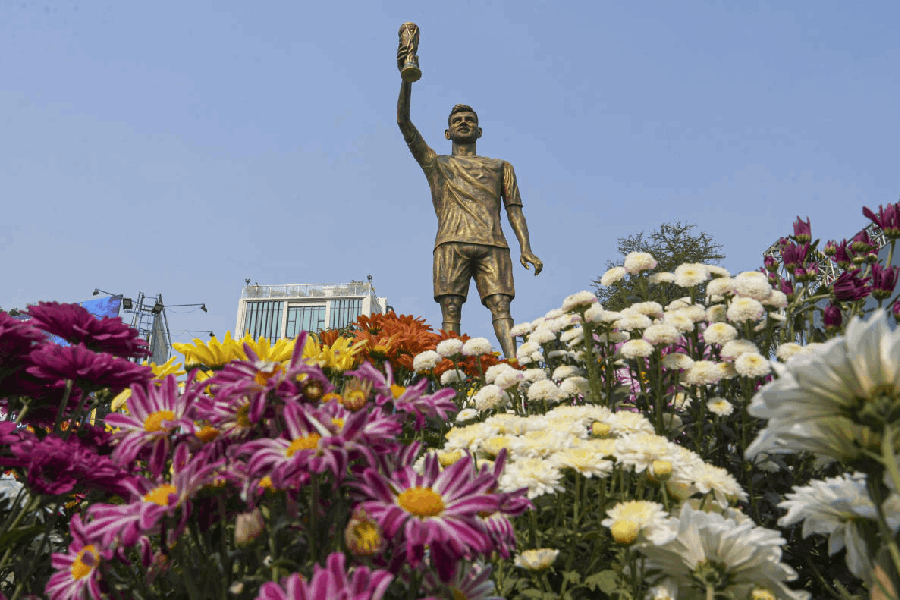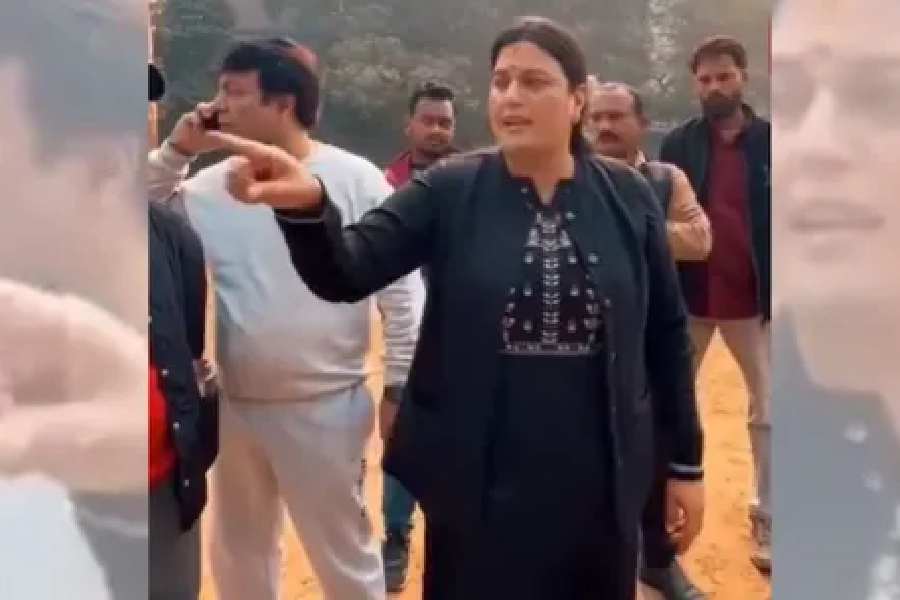

Bhubaneswar, June 20: A bureaucrat has elucidated on the filigree craft heritage of Cuttack city in a coffee table book.
The book by Raja Parija, joint secretary in the state handloom and handicrafts department, is a compilation of rare information and anecdotes on the art form.
The aim of the book is to link filigree craft with tourism to make Cuttack a prominent destination for crafts tourism.
The book provides details about the history of the craft and how it developed its roots in Cuttack. Parija says the origin of filigree can be traced to the Mughal period. "When the Mughals conquered Odisha, this art caught the fancy of the local artisans of Cuttack, which served as the capital for Mughal and Afghan governors for a long time," he says.
The book talks about the Bania community in Cuttack, members of which practise this art form. There are around 1,500 Bania families in the city now. Parija still cherishes the hours spent with these artisans during the course of researching the book.
"It was astonishing to see how a small boy or girl of seven or eight years old makes such intricate designs. They have inherited the art from their forefathers and are proud of it," says Parija. He mentions how Muslim artisans are also involved in the craft and how they live with their Hindu counterparts in close harmony.
One will also find in the book how to craft filigree. How to convert raw gold or silver into wires, sketch right up to the washing with ritha phal water, all the progressions are mentioned with corresponding pictures.
A major highlight of the book is that it speaks of the relationship of silver filigree with Odissi dance and how the ornaments worn by the Odissi dancers during their performances are made by the Cuttack artisans. Parija says: "Ornaments such as the bun flower or the ornate waist band are typical to the age-old dance form and are customised to match the age and looks of the dancer. The artisans receive orders from Odissi dancers from across the world."
One can also read about the tradition of chandi medha, the background pedestal of Goddess Durga put up during Dussehra, which is popular across the world. Parija writes about the origin of the custom, the concept and how each medha took years to complete.
The bureaucrat-turned-writer started his career as a photojournalist. It's no wonder then that all the pictures in the book were taken by him. The book includes pictures of a number of gold and silver filigree items such as jewellery and utility pieces. "I took around 5,000 pictures... it was difficult to choose from among them. I took the help from my near and dear ones," says Parija.
"I had to wait for Dussehra to take pictures of chandi medha and Baliyatra also. All these pictures are taken from the spot," he adds.
Towards the end, there are pictures of all the major tourist sites of Cuttack. Also included is a map of Cuttack and the city at a glance.
After two years of rigorous research, the coffee table book has been published and is due for a launch next month. The book will be available at various government hotels, Panthanivas, and other guesthouses for tourists to read. It will also be available at bookstores across the state. Parija is now working on another book on the handloom heritage of the state.










